
Kyiv, the capital of Ukraine, has always been a great center of trade, where various cultures, ideas and goods met. Now, thanks to the release of archival photos, you can find out exactly what trade looked like in this city a hundred years ago.
In 1911, the Czech ethnographer Karel Hotek visited Kyiv and took a series of photographs of architecture and townspeople. His photographs convey the rhythm and mood of Kyiv at that time. Currently, these photos are kept in the funds of the Czech National Museum.
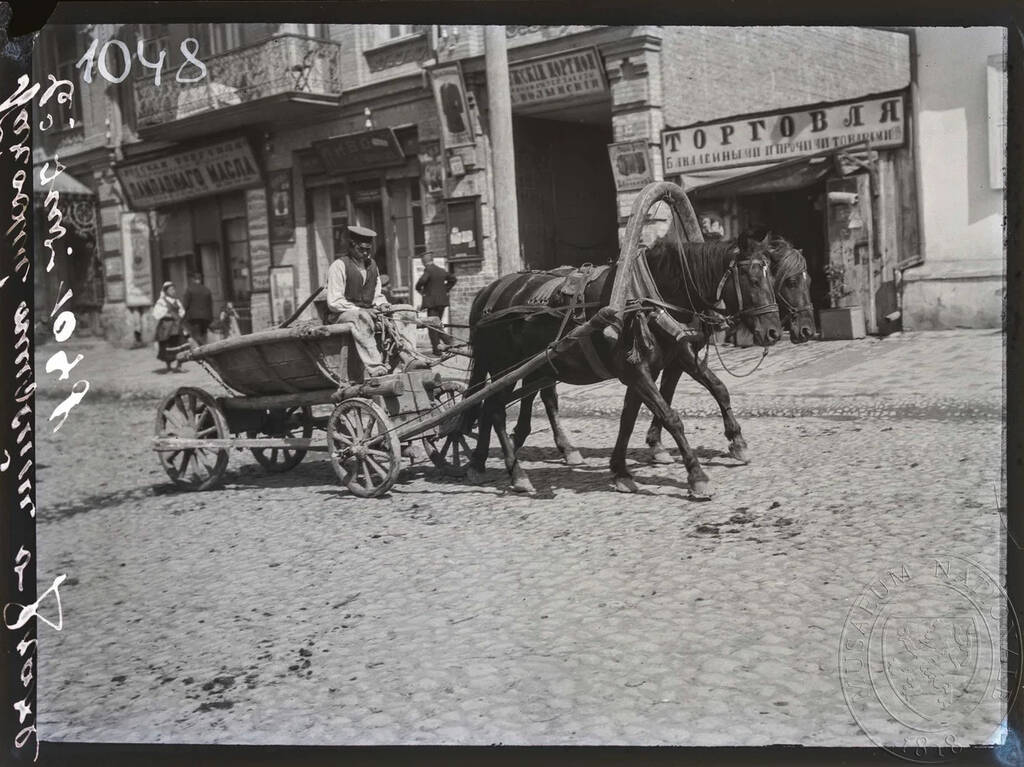
Photo source: Funds of the Czech National Museum
The study of archival materials allows you to immerse yourself in the atmosphere of the past and be transported to the times when every market, every street in Kyiv was full of movement and life. Photographs from that period become a window into the past, where you can see what the streets, shops and shops looked like.
The photos show how trade and craft districts were the heart of the city. Markets are crowded with sellers and buyers who browsed goods, peered and valued, and exchanged news. The streets of Kyiv were a place where the aromas of coffee, spices and fresh products merged.
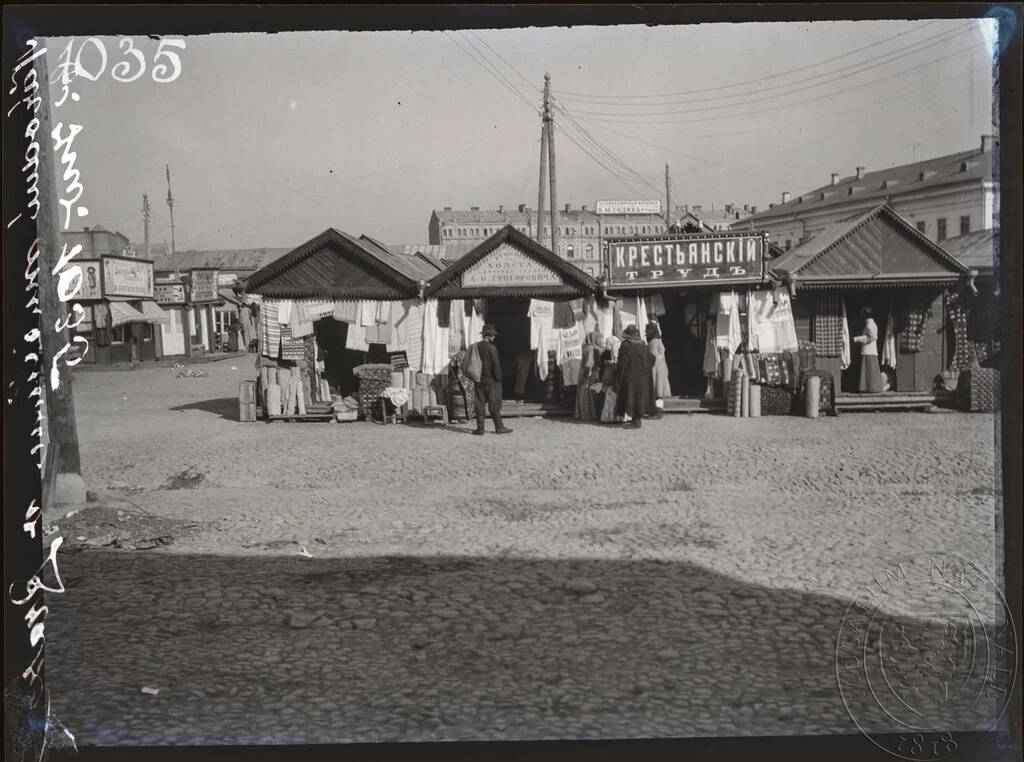
Photo source: Funds of the Czech National Museum
Trade rows were diverse. From local artisans who offered handmade products to traders from different parts of the world who brought exotic goods with them. This created an atmosphere where different cultures and traditions met, exchanged and enriched each other. However, more goods were sold by locals.
Looking at the architecture of the retail spaces in old photographs, you can see how they reflected the era and style. Wooden benches, decorated facades and signs attracted customers and created a unique atmosphere for each retail outlet. Sellers could be seen right on the road, or near their "transport" that delivered goods.
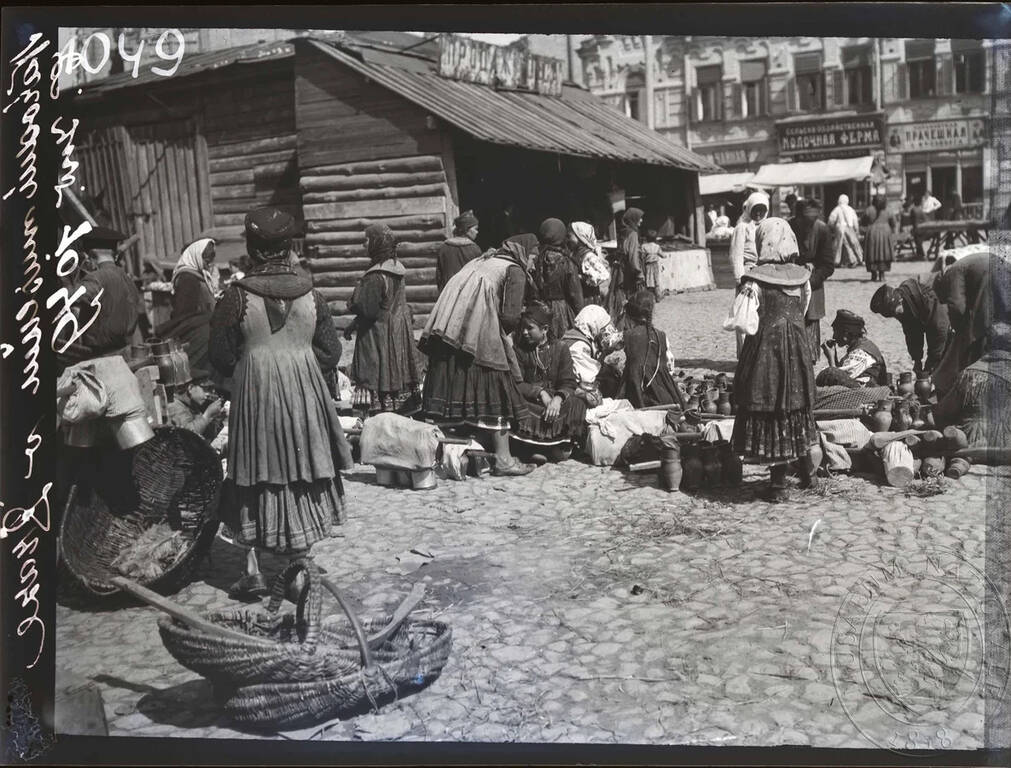
Photo source: Funds of the Czech National Museum
These archival photos become a time marker that helps us understand how the city lived and breathed in the past. They reveal before us a colorful landscape of trade, where every corner was full of life and unique energy — markets, street food, horse-drawn transport, crowds of people. The camera captured both the folk clothes of the townspeople and the city's scenery, its nature and architecture.
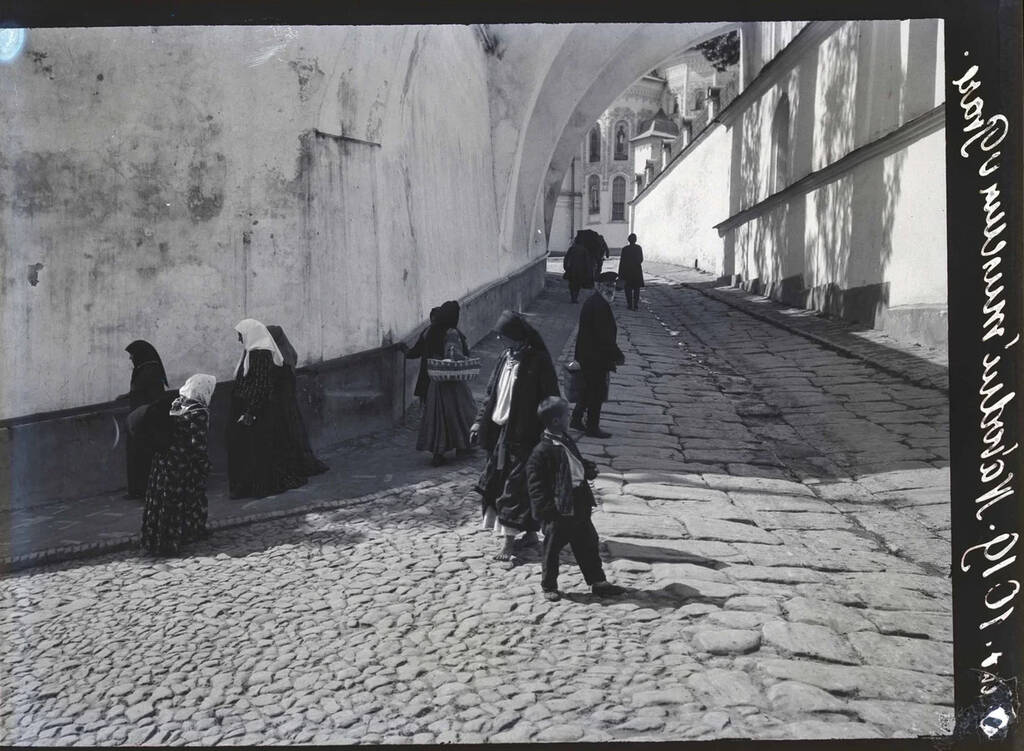
Photo source: Funds of the Czech National Museum
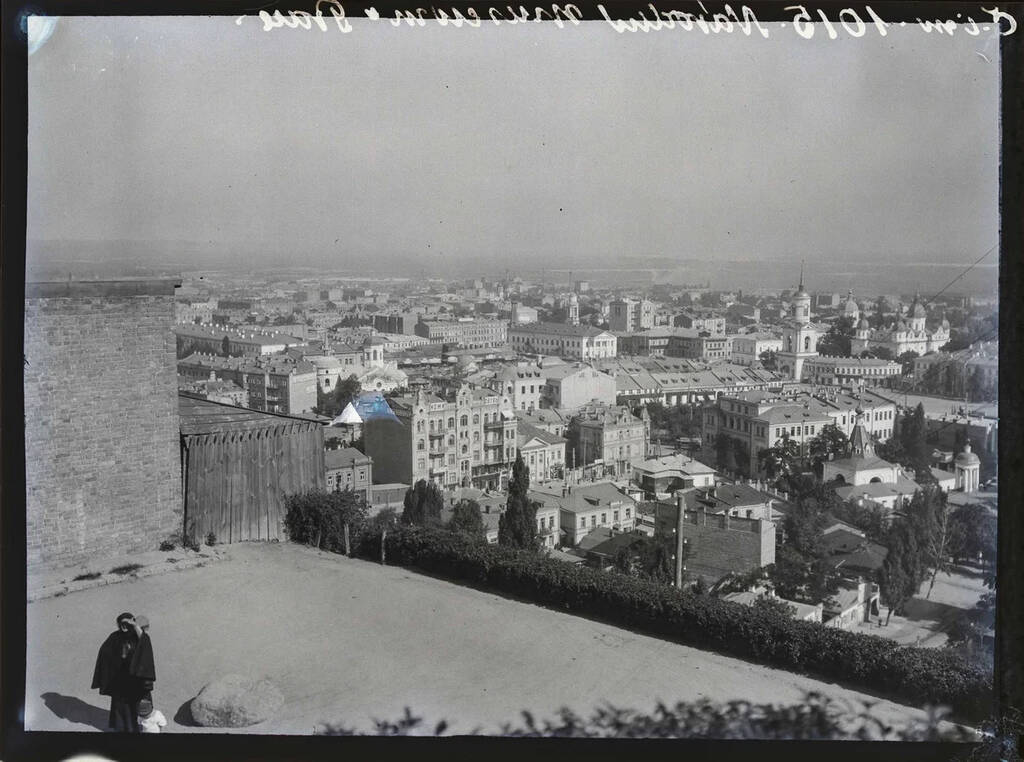
Photo source: Funds of the Czech National Museum
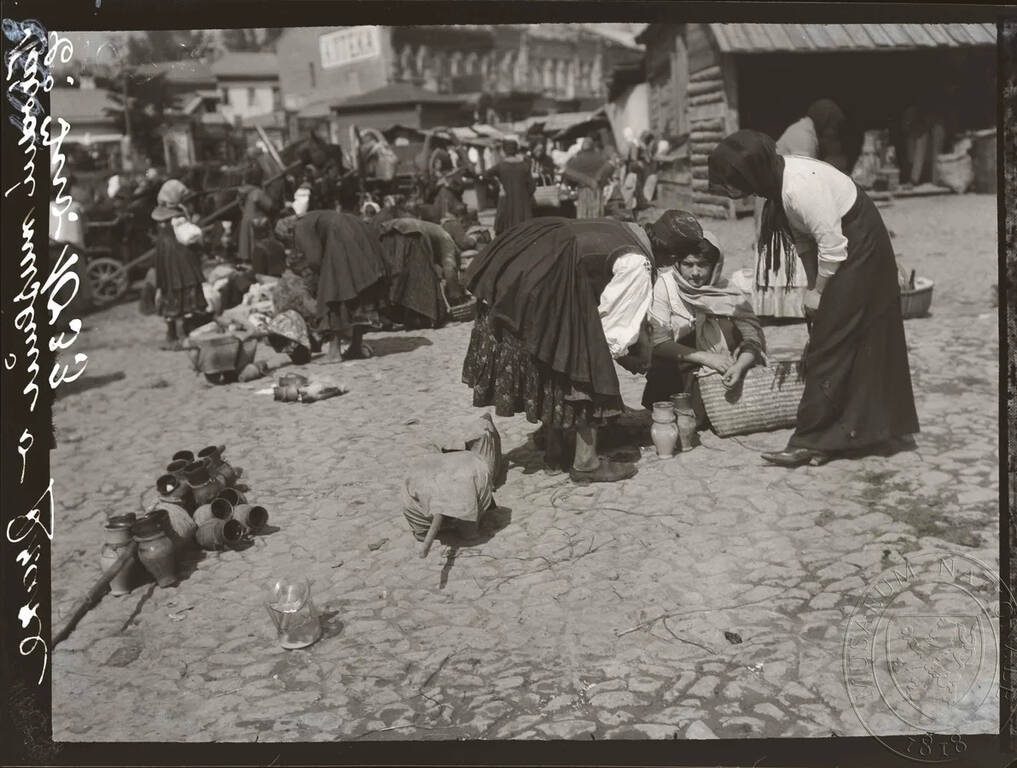
Photo source: Funds of the Czech National Museum
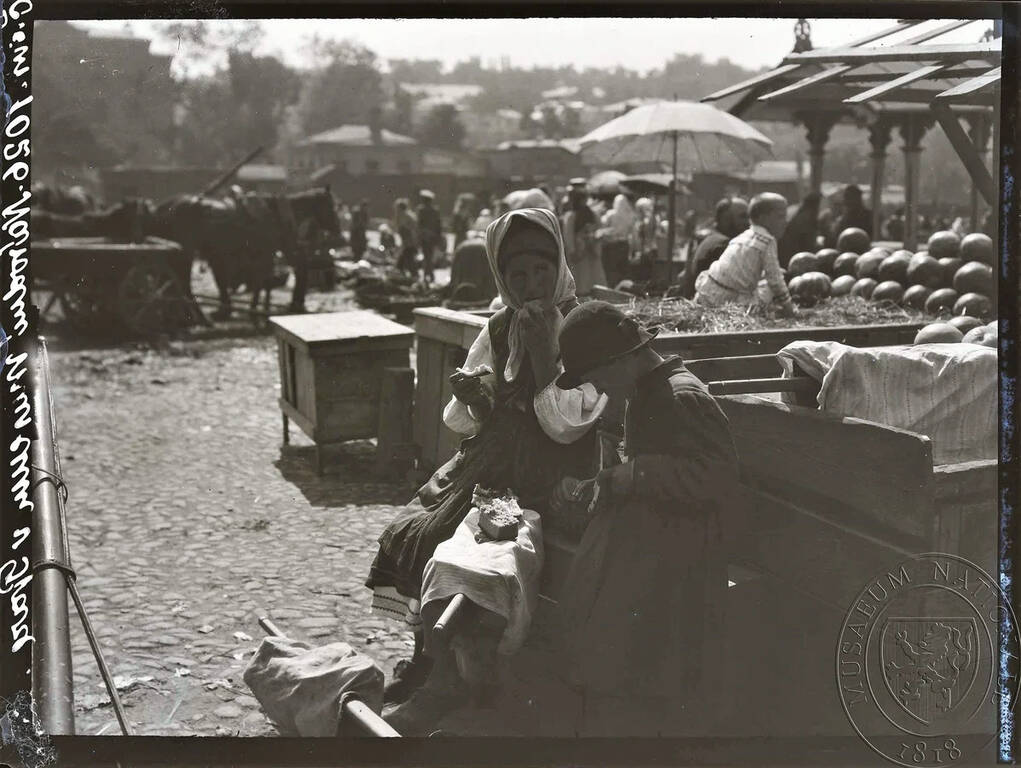
Photo source: Funds of the Czech National Museum
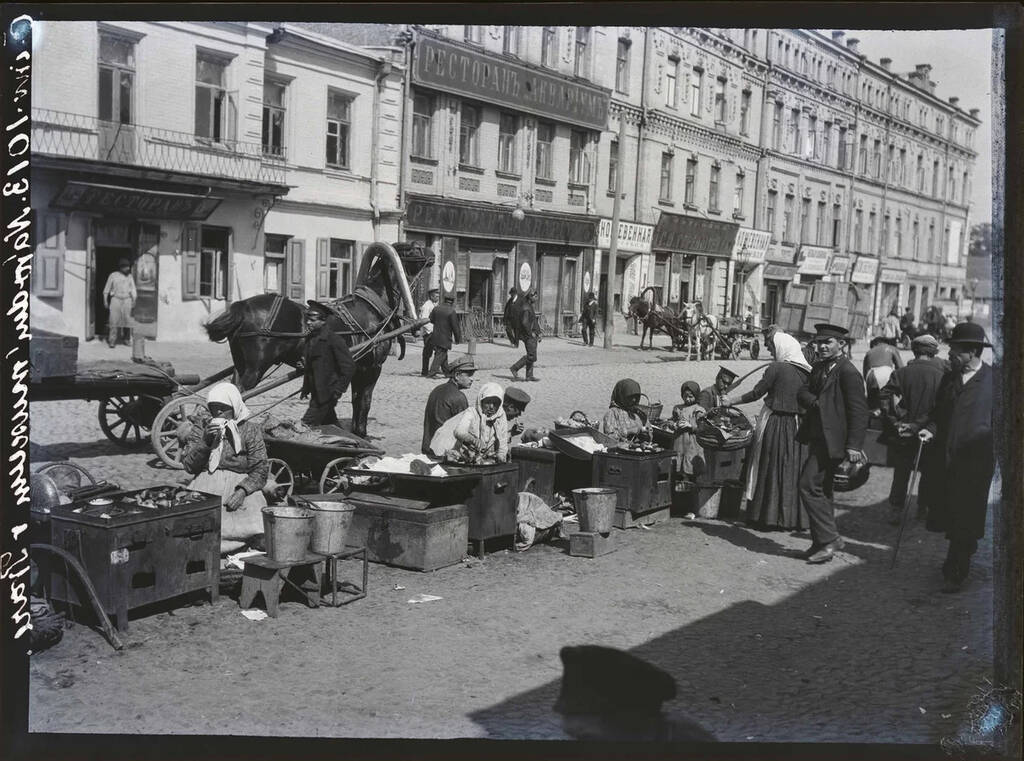
Photo source: Funds of the Czech National Museum
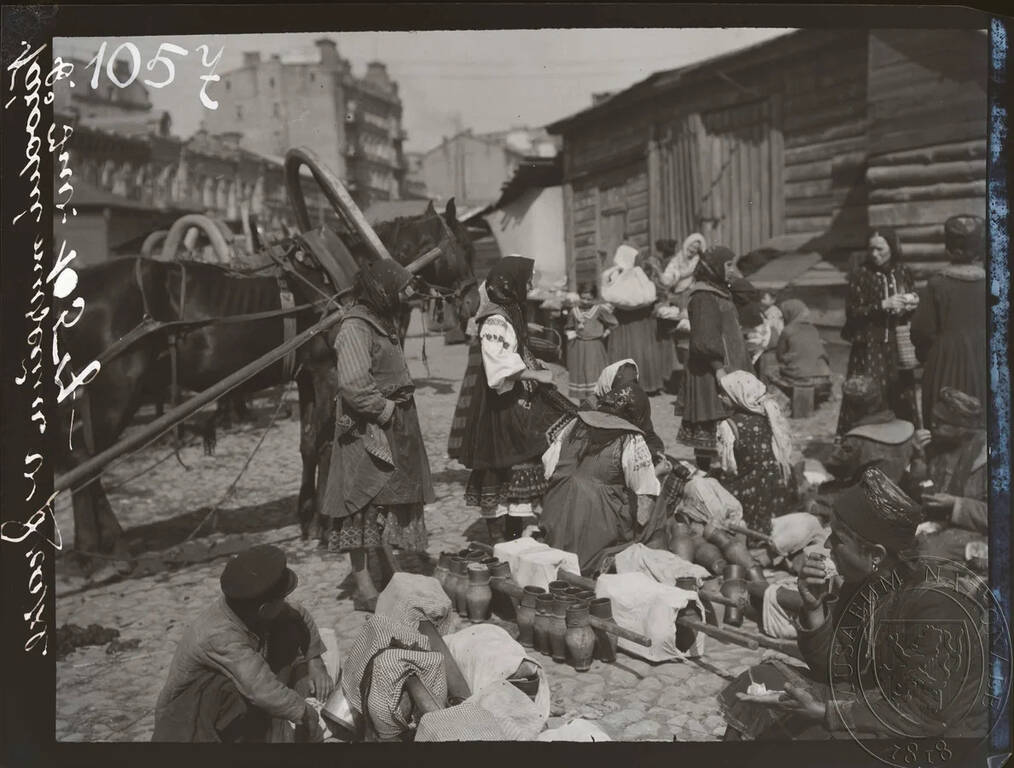
Photo source: Funds of the Czech National Museum
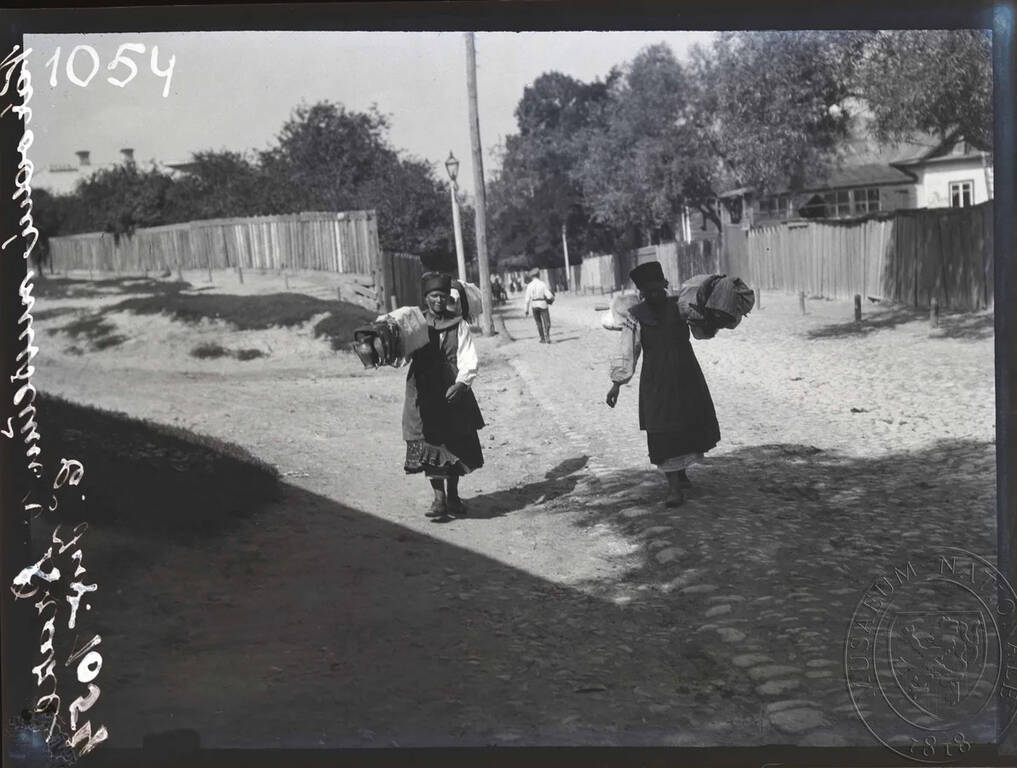
Photo source: Funds of the Czech National Museum
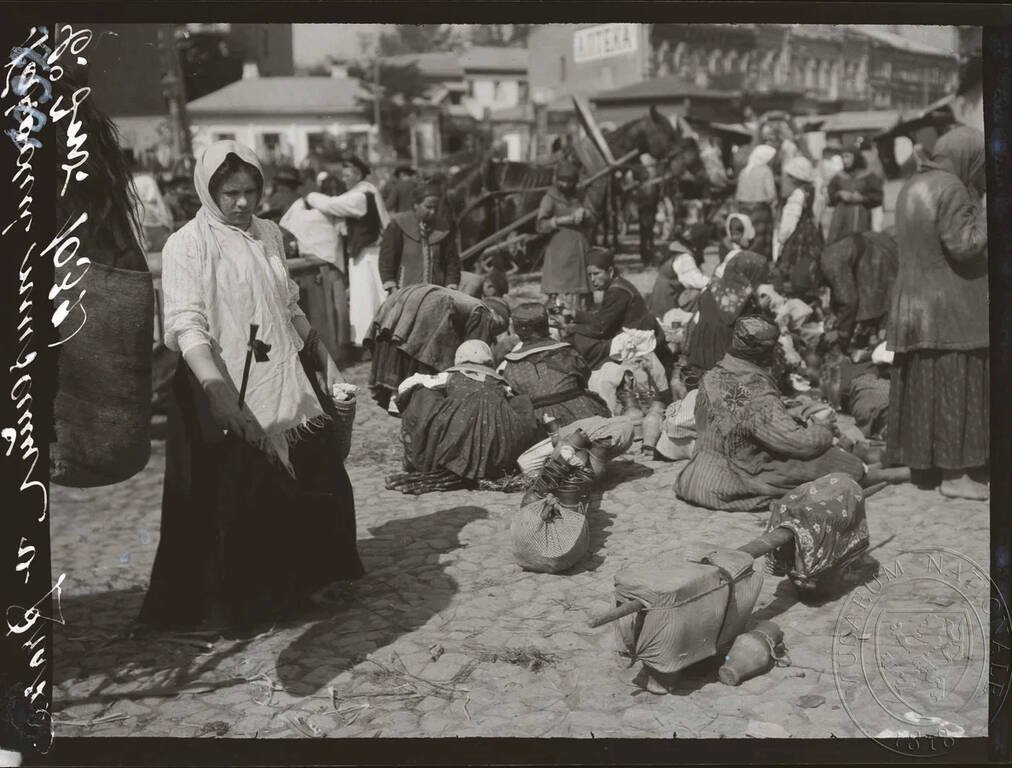
Photo source: Funds of the Czech National Museum
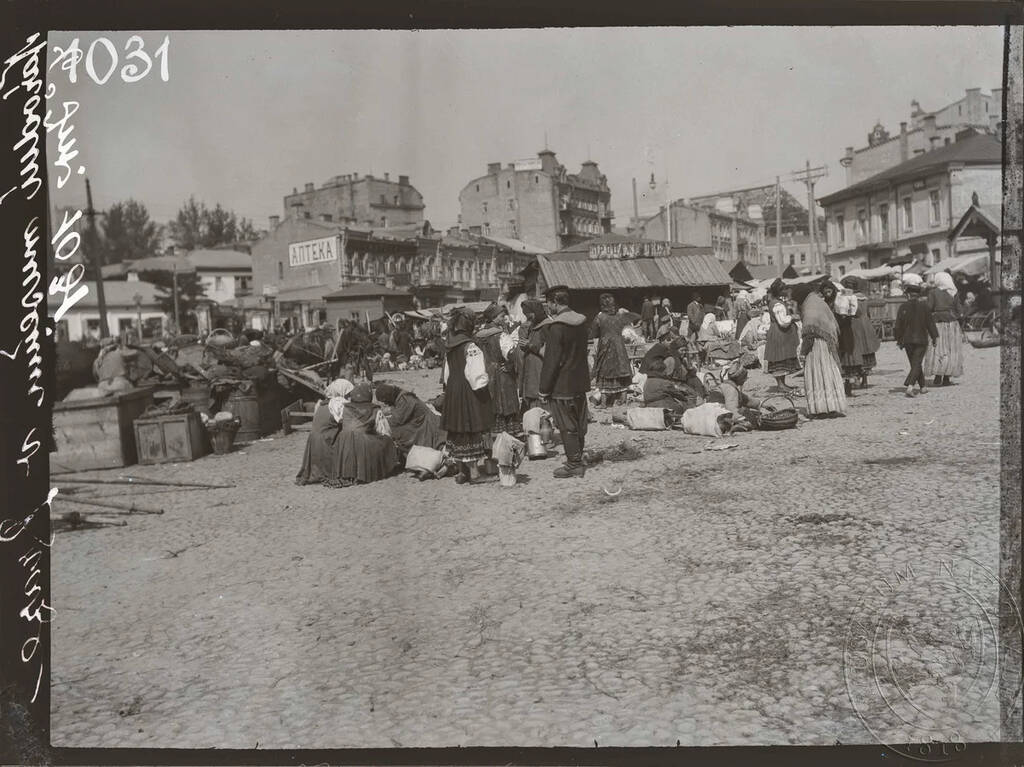
Photo source: Funds of the Czech National Museum
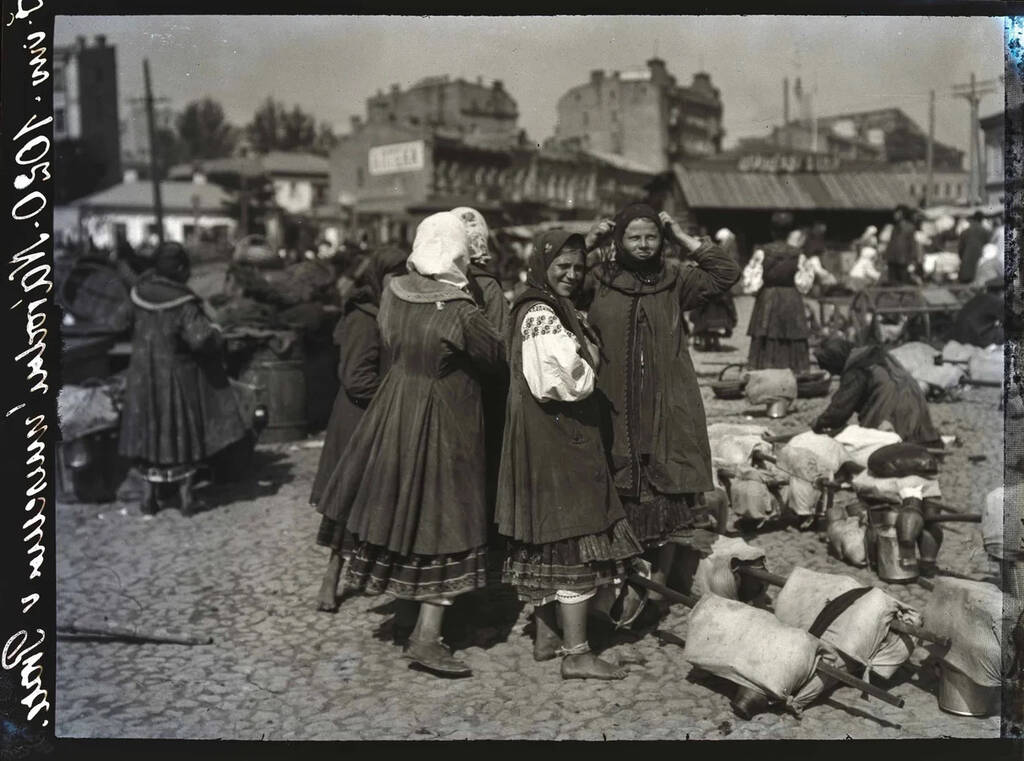
Photo source: Funds of the Czech National Museum
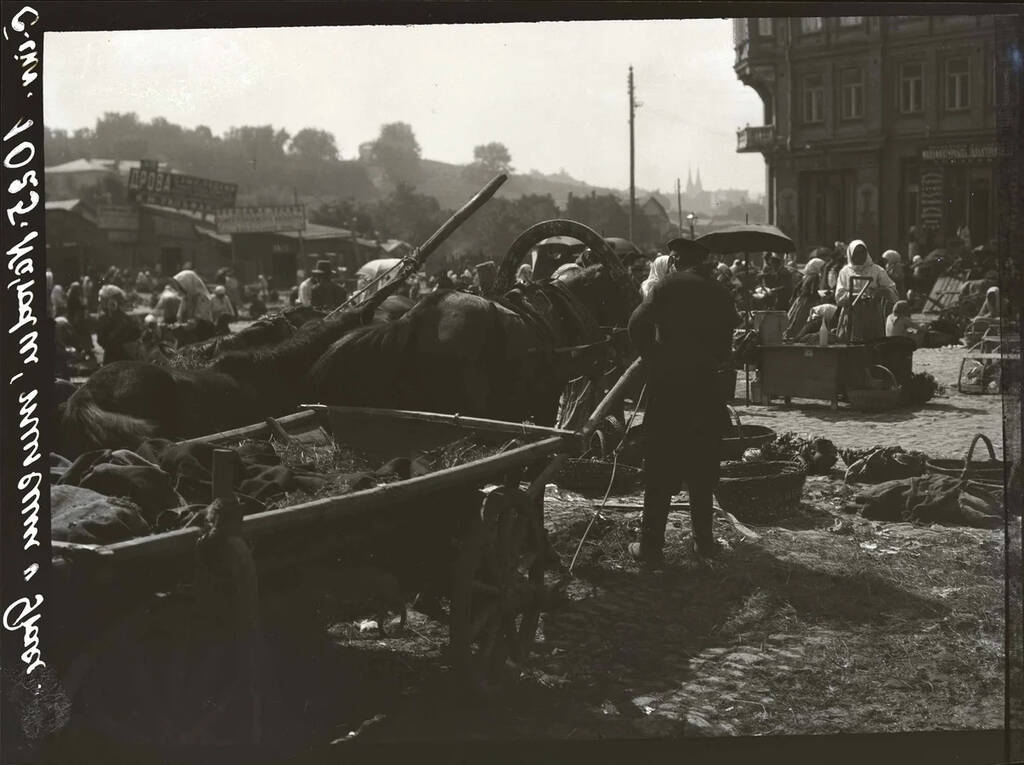
Photo source: Funds of the Czech National Museum
